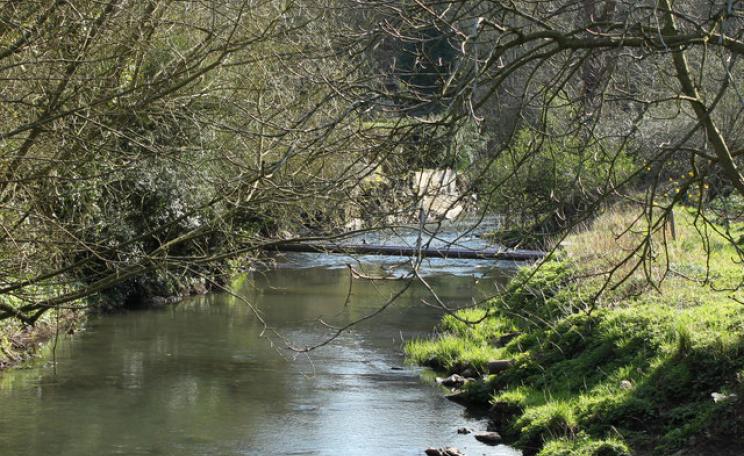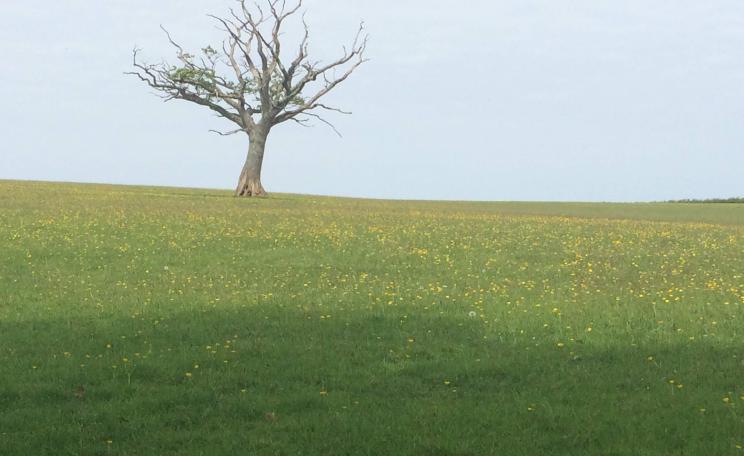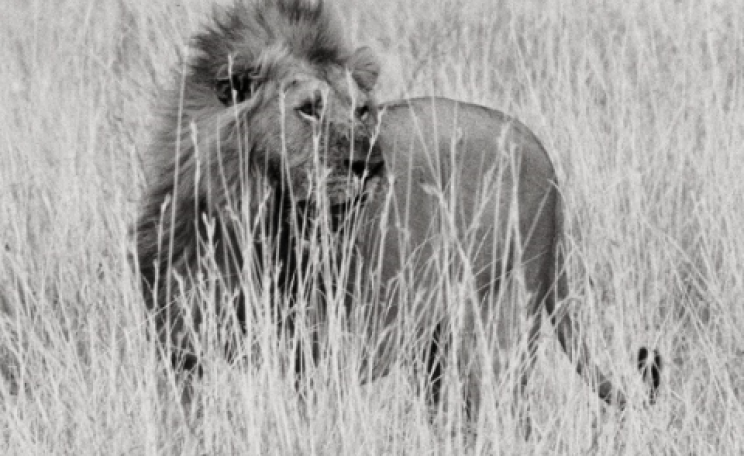Red grouse on heather moorland. Image courtesy of www.shutterstock.com.
Ostensibly, the item headed "Ring Ouzels Thrive on Grouse Moors" is about the conservation of a species similar in appearance to the blackbird, but which has a white patch on its breast and a less melodious voice. But so what? Good for the ring ouzels I say!
However, the article's significant sub-text is inadvertently revealed about three-quarters of the way through, where in the context of conserving heather moorland, its author (George Winn-Darley) opines: "Improving habitat for grouse shooting is the linchpin and economic engine that keeps conservation management going ........ a concept often hard for ecologists and conservationists to appreciate"; (my italics).
In fact, any ecologist or conservationist in the least versed about Britain's upland ecology/landscape is very aware that heather moorlands are only a semi-natural habitat, and of the link between their conservation and grouse-shooting. This is especially true as it's been the subject of intermittent debate for decades, as I well recall from my 30 odd years with Natural England. The discussion was most recently explored seriously in last year's RSPB Research Report No 43: "The costs and benefits of grouse moor management to biodiversity and aspects of the wider environment: a review".
It's worth pausing here to rehearse briefly the heather moorlands/grouse-shooting link. Fresh, young heather plants provide a succulent food source for grouse, whilst more mature stands afford good cover for them. In order to achieve this ideal grouse habitat, land managers subject the heather to controlled burns on a rotational cycle of between 7 and 25 years. Indeed, the Moorland Association's web site sums things up in a neat phrase which is simultaneously completely logical and cheerfully amoral: "the prime aim is to create a shootable surplus of grouse" (sic).
If there was no reason to conserve grouse populations (for shooting between August and December each year) the heather, ‘left to its own devices' would grow long and lank. Subsequently, bracken and birch-scrub would encroach as natural succession took its course, and the vast purple swathes, so admired by the public who visit areas such as the North York Moors, would gradually fade to a nostalgic memory.
But back to Mr Winn-Darley's erroneous comment about ecologists and conservationists. He might have escaped censure had he instead completed his sentence by writing something like: "...... a concept which might not be immediately appreciated by the average urban holiday-maker photographing the sweeping landscapes of heather in full bloom".
Perhaps more interestingly, we might ask why he struck such a snide and patronising note in what is an otherwise fairly straightforward article. Some readers may feel tempted to ask if what they are hearing is the unvarnished attitude of a regional representative and committee member of the Moorland Association. If so, is it something of a ‘giveaway' which has embarrassingly pierced the organisation's carefully sustained mask of corporate reasonableness? Cynics might go so far as to suggest that the Association tries to wear its conservation credentials brightly emblazoned on its sleeve in order to distract attention from the shotgun carried under the other arm.
As 75% of the World's heather moorland is found in Britain, we are custodians of an internationally important habitat and, because of its comparatively small area, some sources rather mischievously point to its greater rarity than tropical rainforest. However, against this background it's certainly worth asking if heather moorland could be managed and conserved for future generations without relying on the indirect economic driver of grouse-shooting.
So, let's just suppose there was no more grouse-shooting; (bear with me on this one). A possible scenario envisages, (at an admittedly not insignificant ‘cost to the public purse') our national park authorities being allocated funds for making management agreements with moorland owners to continue their regime of controlled rotational burns.
The primary aim, however, would no longer be that of providing food and shelter for grouse, but the long term maintenance of heather moorlands as ecologically significant habitats and valued landscapes, ie for their own sake. Although the ring ouzels might not necessarily benefit, the hen harriers - still illegally persecuted by game-keepers incidentally - would certainly celebrate.
Something along these lines already operates on Exmoor, where under the National Park Authority's Sustainable Development Fund, grants are available towards the cost of projects that will maintain and improve heather moorlands.
Ultimately, without such initiatives, perhaps we should resort to the moral philosophers and ask "Is grouse-shooting justified on the basis that it underpins the continued existence of heather moorlands, thus allowing to flourish the scientific interest and aesthetic appeal which humans derive from them, or is this question predicated on a category error?"
During his time at the Countryside Commission, one of Natural England's forerunner organisations, Edgar Vaid was involved in policies for the uplands.
| READ MORE... | |
 |
COMMENT Ring Ouzels Thriving on Grouse Moors The Moorland Association reports that habitat management, predator control, and collaboration with ornithologists are factors that have been paramount in the resurgence of populations of the Ring Ouzel.... |
 |
GREEN LIVING Game On An Inuit hunting trip inspired Clare Kendall to seek out sources of meat that were good for her health, the environment - and her pet cat............ |
 |
SPECIAL CONTENT UK species continue to decline - does it matter & what can we do? Dr Tony Whitbread tells the Ecologist why, despite serious declines in much of Britain's wildlife, he remains optimistic that nature conservation can provide the tools to reverse these negative trends...... |
 |
NEWS ANALYSIS The State of Nature: new report shows most UK species in decline Martin Harper, the RSPB's Conservation Director tells us why the launch of a new report should be a serious wake up call for all of us - a call that we simply can't ignore....... |
 |
GREEN LIVING Help save Britain’s birds From buying a nest box to keeping Mr Bigglesworth under control; there are plenty of ways in which you can help the UK’s bird population |








